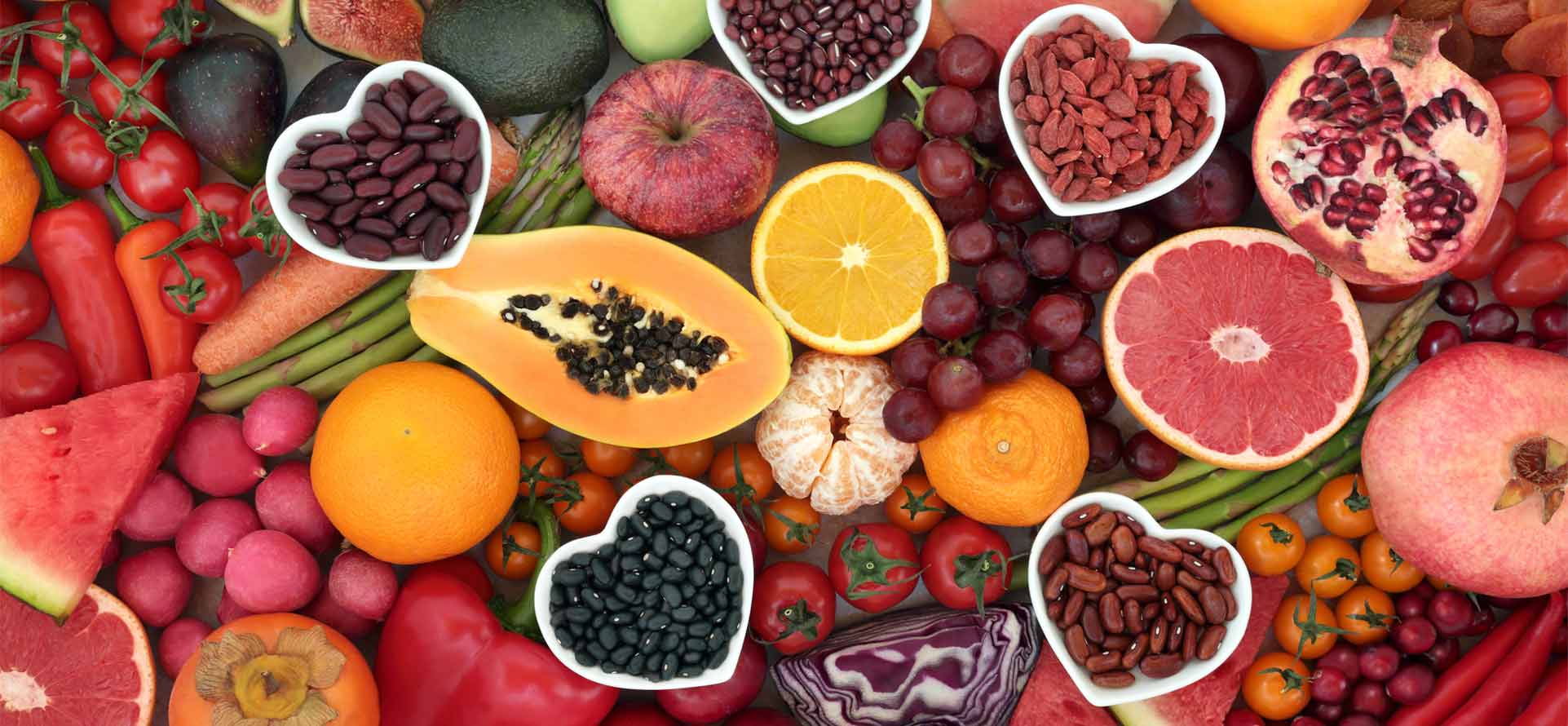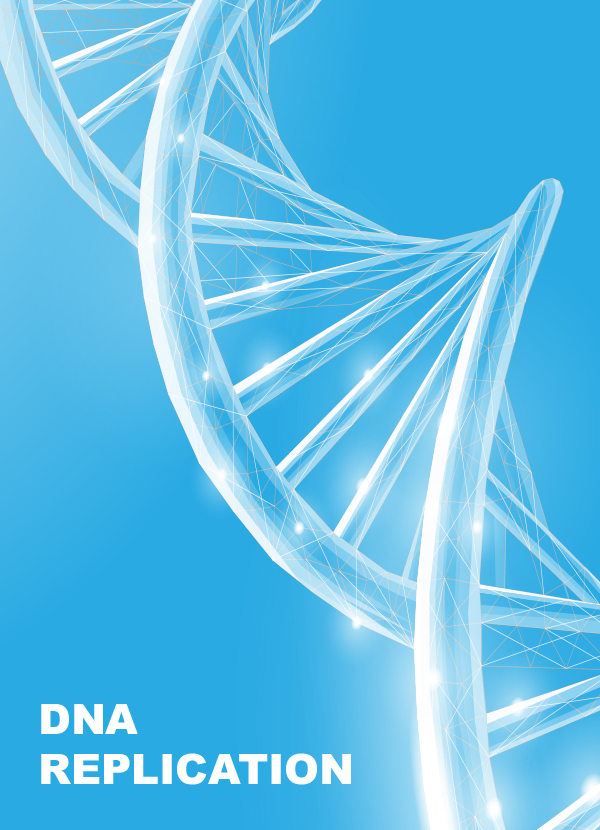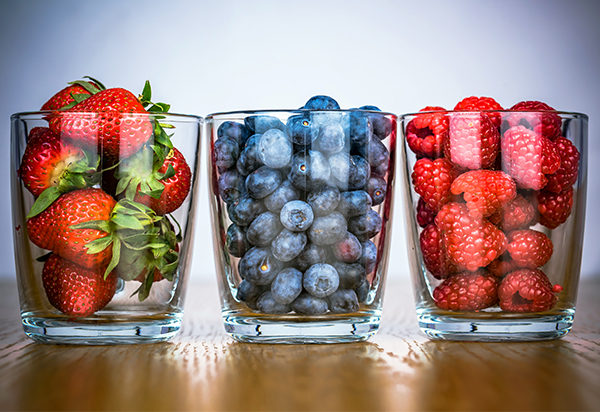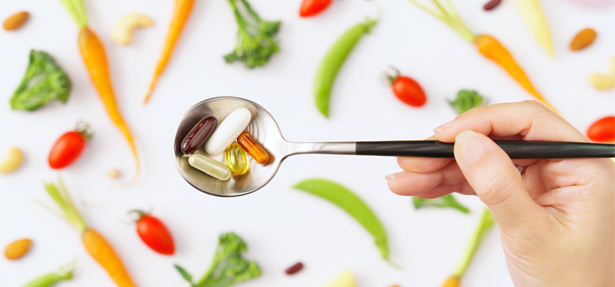

What are Phytochemicals
or Phytonutrients?
Phytochemicals are non-nutritive plant chemicals that have protective or disease preventive properties. They are non-essential nutrients, meaning that they are not required by the human body for sustaining life. It is well-known that plant produce these chemicals to protect themselves but recent research demonstrate that they can also protect humans against diseases. There are more than thousand known phytochemicals. Some of the well-known phytochemicals are lycopene in tomatoes, isoflavones in soy and flavanoids in fruits.
How do Phytochemicals
work?
There are many Phytochemicals and each works differently. These are some possible actions:
- Antioxidant - Most Phytochemicals have antioxidant activity and protect our cells against oxidative damage and reduce the risk of developing certain types of cancer. Phytochemicals with antioxidant activity: allyl sulfides (onions, leeks, garlic), carotenoids (fruits, carrots), flavonoids (fruits, vegetables), polyphenols (tea, grapes).
- Hormonal action - Isoflavones, found in soy, imitate human estrogens and help to reduce menopausal symptoms and osteoporosis.
- Stimulation of enzymes - Indoles, which are found in cabbages, stimulate enzymes that make the estrogen less effective and could reduce the risk for breast cancer. Other phytochemicals, which interfere with enzymes, are protease inhibitors (soy and beans), terpenes (citrus fruits and cherries).
- Interference with DNA replication - Saponins found in beans interfere with the replication of cell DNA, thereby preventing the multiplication of cancer cells. Capsaicin, found in hot peppers, protects DNA from carcinogens.
- Anti-bacterial effect - The phytochemical allicin from garlic has anti-bacterial properties.
- Physical action - Some phytochemicals bind physically to cell walls thereby preventing the adhesion of pathogens to human cell walls. Proanthocyanidins are responsible for the anti-adhesion properties of cranberry. Consumption of cranberries will reduce the risk of urinary tract infections and will improve dental health.


How do we get
enough Phytochemicals?
Foods containing phytochemicals are already part of our daily diet. In fact, most foods contain phytochemicals except for some refined foods such as sugar or alcohol. Some foods, such as whole grains, vegetables, beans, fruits and herbs, contain many phytochemicals. The easiest way to get more phytochemicals is to eat more fruit (blueberries, cranberries, cherries, apple,...) and vegetables (cauliflower, cabbage, carrots, broccoli,...). It is recommended take daily at least 5 to 9 servings of fruits or vegetable. Fruits and vegetables are also rich in minerals, vitamins and fibre and low in saturated fat.
Future of
Phytochemicals
Phytochemicals are naturally present in many foods but it is expected that through bioengineering new plants will be developed, which will contain higher levels. This would make it easier to incorporate enough phytochemicals with our food.

List of plants containing Phytochemicals

Broccoli

Fennel

Garlic

Tomato

Wasabi

Acai

Almond

Bilberry

Black
Raspberry
Blackberry

Black
currant
Blueberry

Cranberry

Grape

Guarana

Hazelnut

Mangosteen

Maqui Berry

Noni

Olive

Orange

Pomegranate

Red Raspberry

Sea Buckthorn

Wild Strawberry

Wolfberry

Comfrey

Common
Broom
Echinacea

Ginkgo

Goat's Rue

Lesser
Celandine
Lungwort

Opium
Poppy
Passion Fruit

Periwinkle

Red Bryony

Valerian

Wintergreen

Aloe vera

American
Ginseng
Clary Sage

Common
Mallow
Common
Yarrow

Cornsilk

Dandelion

Ground Ivy

Hawthorn

Hop

Hyssop

Indian Cress

Korean
Ginseng
Lemon Balm

Lemon
Verbena

Licorice

Marigold

Milk Thistle

Red clover

Rooibos

Rosemary

Sage

Schizandra

Stinging
Nettle
Sweet Clover

Tea

Verbena

Wild Carrot

Wild Pansy

Woodruff

Cacao

Flaxseed

Soy
List of Phytochemicals
- Alkaloids
- Anthocyanins
- Carotenoids
- Coumestans Flavan-3-Ols Flavonoids
- Hydroxycinnamic Acids
- Isoflavones
- Lignans
- Monophenols
- Monoterpenes
- Organosulfides
- Other Phytochemicals
- Phenolic Acids
- Phytosterols
- Saponins Stylbenes
- Triterpenoids
- Xanthophylls

Caffeine

Theo
bromine
Theophylline

Cyanidin

Malvidin

Beta-
Carotene
Lutein

Lycopene

Epicatechin

Hesperidin

Isorham
netin
Kaempferol

Myricetin

Naringin

Nobiletin

Proantho
cyanidins
Quercetin

Rutin

Tangeretin

Chicoric acid

Coumarin

Ferulic acid

Scopoletin

Daidzein

Genistein

Silymarin

Hydroxytyrosol

Geraniol

Limonene

Allicin

Glutathione

Indole-3-
Carbinol
Isothio
cyanates
Sulfora
phane

Damnacanthal

Digoxin

Phytic acid

Capsaicin

Ellagic Acid

Gallic acid

Rosmarinic acid

Tannic Acid

Beta-Sitosterol

Pterostilbene

Resveratrol

Ursolic acid

Astaxanthin

Beta-Cryptoxanthin
